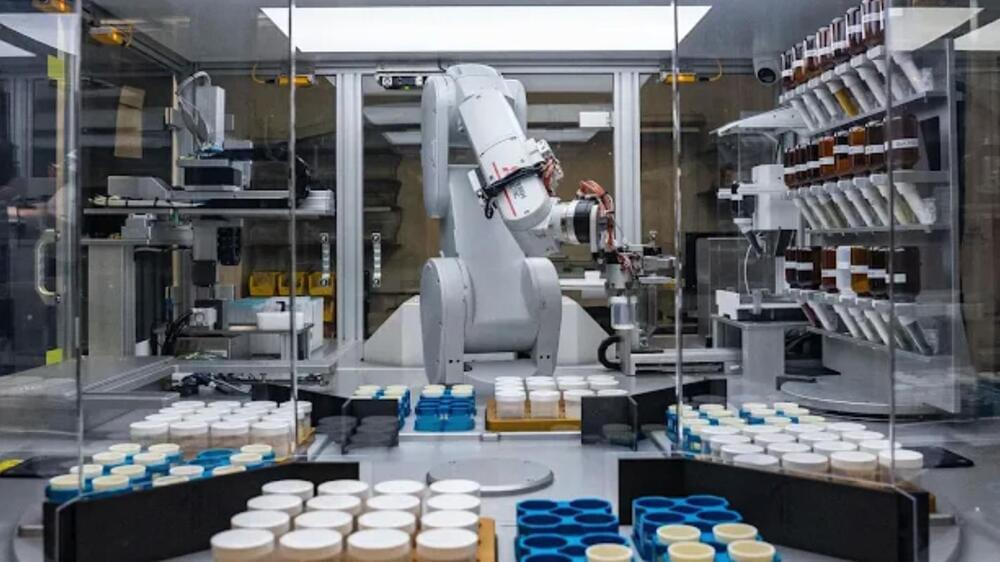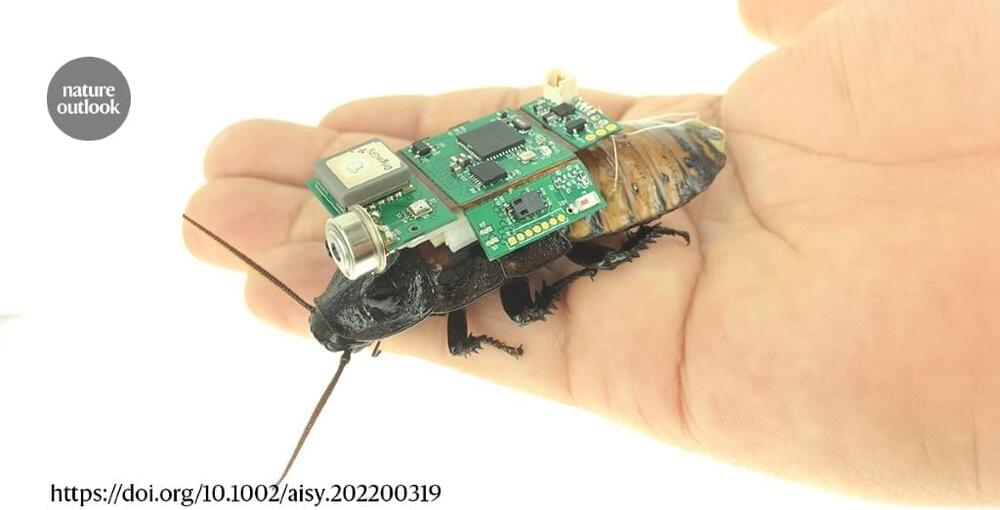As a leading venture capitalist, Ted Dintersmith lived and breathed the world of innovation. He has seen first-hand how quickly automation is eliminating the structured jobs in our economy, as well as the opportunities for young adults who are bold, creative, and entrepreneurial. As Ted shifted his focus to the future of our schools, he realized that the core purpose of our schools has been lost in a wave of testing, data, and accountability. In this talk, Ted underscores the potential for our kids and our country if we educate to our innovative and creative strengths, and trust our schools and teachers to prepare our kids for life, instead of for standardized tests.
After a twenty-five year career in venture capital, Ted Dintersmith is now focused on issues at the intersection of innovation and education. In the fall of 2012, Ted served as part of the delegation representing the United States at the United Nations General Assembly, where he focused on global education and entrepreneurship. The first two films he executive produced – Most Likely To Succeed and The Hunting Ground – premiered at Sundance, 2015. His website http://www.edu21c.com describes his initiatives and he can be followed @dintersmith.
Ted is a Partner Emeritus with Charles River Ventures, a leading early-stage venture capital firm. Independent industry analysts ranked Ted as the top-performing venture capitalist in the United States for the 1995–99 period. Ted earned a Ph.D. in Engineering from Stanford University, and his undergraduate degree from the College of William and Mary, where he earned High Honors in Physics and English.
This talk was given at a TEDx event using the TED conference format but independently organized by a local community.






